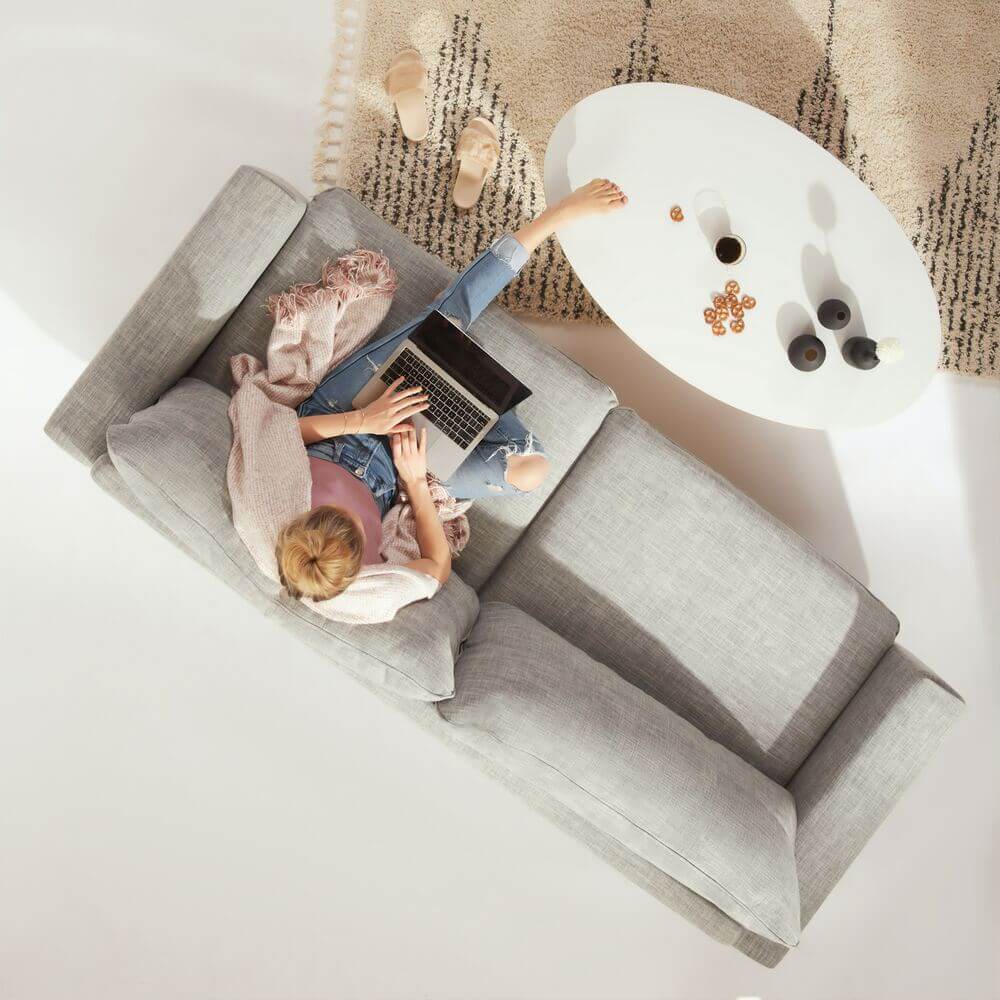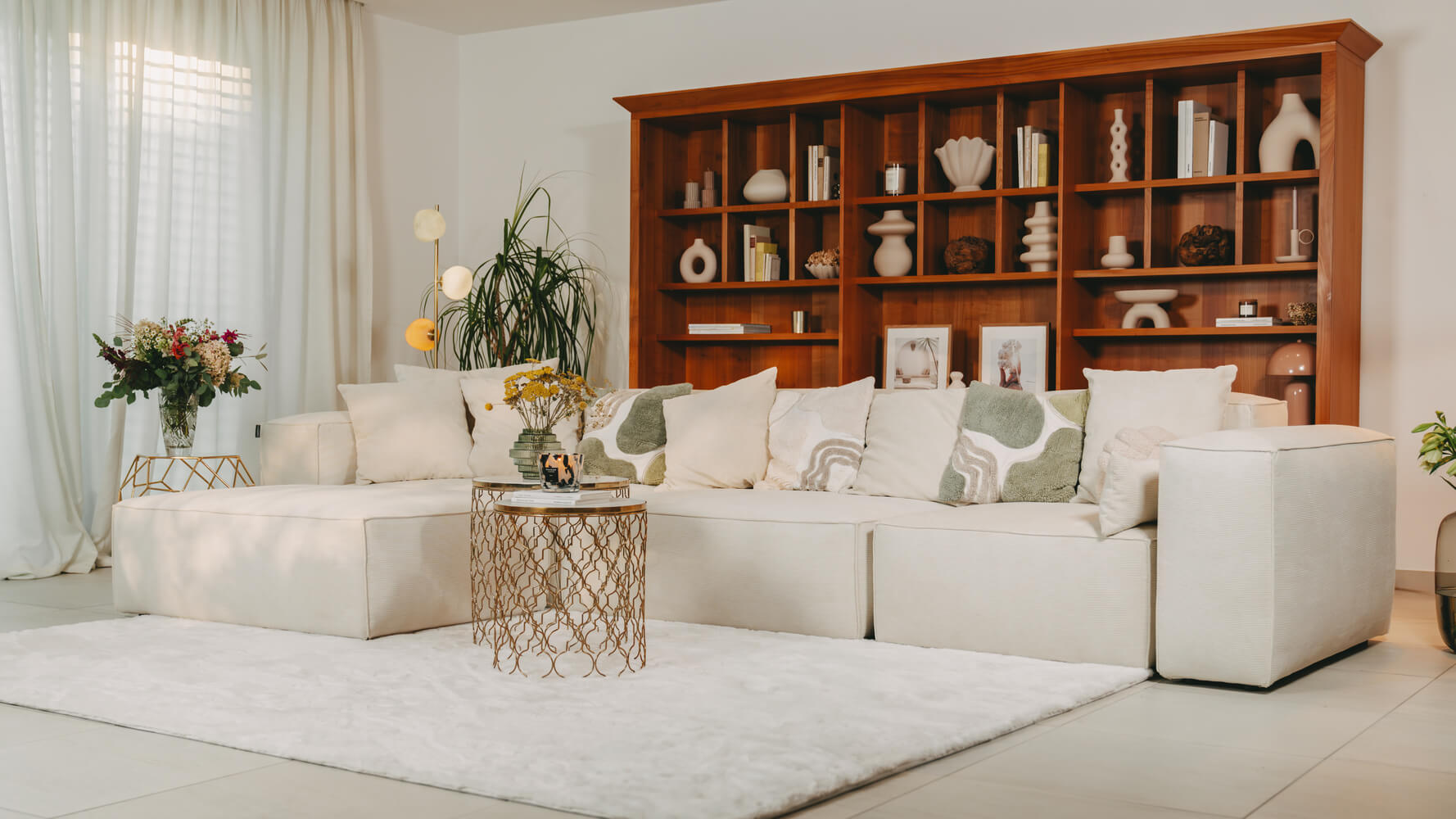Basic design principles
The basic principles of attractive design are crucial when it comes to furniture design. These are key components that help you create a harmonious and aesthetic look for your furniture. In this article, we'll delve deeper into the basic principles of design and how you can apply them to your furniture.
Introduction to design principles
Before we discuss the specific types of design principles, it's important to understand what design principles even are.
Design principles are rules and concepts used to create an aesthetically pleasing design. They help arrange visual elements such as shapes, colors, and text in a way that is pleasing and balanced to the eye.
The design principles encompass various aspects such as proportion, contrast, rhythm, and balance. Each principle helps the design be harmonious and aesthetically pleasing.
Proportion is an important aspect of design principles. Proportion refers to the relationship between individual elements. A well-proportioned design looks balanced and pleasing to the eye.
Another design principle is contrast. Contrasts create tension and interest in the design. The intended use of contrasts can be emphasized by certain elements and give the design more depth.
Rhythm is another design principle important for harmonious design. Rhythm refers to the repetition of certain elements in the design. The use of rhythm creates a certain order and structure.
Balance is also a crucial design principle. A well-balanced design ensures that no side is overloaded or unbalanced. There are different types of balance, such as symmetrical and asymmetrical.
Why are design principles important?
Design principles are important because they can enhance the design of your furniture and make it attractive. By using design principles, you can ensure your furniture looks good and is functional.
Good design isn't just pleasing to the eye; it also fulfills its purpose. By applying design principles, you can ensure that your furniture is not only aesthetically pleasing but also meets the needs and requirements of its users.
By understanding and applying design principles, you can ensure your design is both functional and aesthetically pleasing. This helps ensure your furniture is successful and appreciated by its users.
Different types of design principles
There are several design principles to consider when designing your furniture. Here are some of the most important:
Balance and symmetry
Balance and symmetry are fundamental design principles that help create visual harmony in your furniture design. You can achieve this by balancing the various elements on either side of a piece of furniture.
Balance is crucial for ensuring your furniture is stable and aesthetically pleasing. For example, if you're designing a shelf, ensure even weight distribution to prevent it from tipping over. Symmetry can also be used to create a sense of balance and calm. A symmetrical design can be particularly effective in formal rooms or when designing classic furniture.
Contrast and emphasis
Contrast and highlighting are design principles that can be used to emphasize certain elements in a furniture design. By using contrasts in color, material, or shape, you can create interesting visual accents.
An example of using contrasts is the combination of dark wood with light fill, or vice versa. This can give your furniture a dynamic and striking effect. Creating highlights can also be achieved by using unusual materials or unusual shapes. This can help make your furniture a focal point in a room.
Repetition and rhythm
Repetition and rhythm are design principles that create visual unity in your furniture. By repeating certain patterns, shapes, or colors, you can create a sense of continuity and togetherness.
An example of using repetition and rhythm is the use of similar decorations or patterns on different pieces of furniture in a room. This can help the individual pieces complement each other harmoniously and create a cohesive overall look. Rhythm can also be achieved by arranging furniture in a specific pattern or by using recurring elements in the interior design.
Use of design principles
Now that we know the different types of design principles, it's time to think about how we can put them into practice. Here are some examples of how design principles can be used in various areas of furniture design:
Design principles in graphic design
In graphic design, design principles can be used to create a logo, website, or other graphic elements of a piece of furniture. By using balance, symmetry, and other principles, you can create a visually appealing design.
An example of using design principles in graphic design is the design of a logo for a furniture company. By using symmetry and balance, a logo can be created that is aesthetically pleasing and professional. The use of contrast can help ensure that the logo is striking and easily recognizable.
Another example is the design of a website for a furniture store. By using rhythm and proportions, various elements of the website can be harmoniously connected. The use of colors and fonts can help ensure the website is attractive and user-friendly.
Design principles in interior design
In interior design, design principles can be used to shape the room around your furniture. By using contrast, harmony, and other principles, you can create an inviting and aesthetically pleasing environment.
An example of using design principles in interior design is the design of a living room. By using contrast, different elements such as furniture, colors, and textures can interact with each other, adding depth and interest to the room. Using harmony can help ensure a cohesive and balanced effect.
Another example is the design of an office. By using proportions and balance, furniture and other elements of the room can be arranged to create an efficient and pleasant work environment. The use of light and color can help ensure that the room is welcoming and inspiring.
Design principles in web design
Design principles can be used in web design to improve the user-friendliness and aesthetic appearance of a website. By using design principles such as contrast, balance, and rhythm, you can ensure your website is user-friendly and visually appealing.
An example of using design principles in web design is the design of an e-commerce website for a furniture store. By using contrast and color, various products on the website can be highlighted and presented visually appealingly. The use of balance and rhythm can help ensure that website navigation is intuitive and easy.
Another example is the design of a blog website for furniture inspiration. By using proportions and typography, various content can be structured and readable on the website. The use of images and videos can help ensure the website is attractive and inspiring.
Common Mistakes When Using Design Principles
Despite their importance, some mistakes can occur when using design principles. Here are some common mistakes to avoid:
Overloaded design
A common mistake is an overloaded design with too many visual elements. This can lead to clutter and make the design unattractive. Keep the design simple and focused.
Lack of focus and clarity
Another mistake is a lack of focus and clarity. If the design is confusing or unclear, it can lead to a poor user experience. Make sure your design is clear and focused.
Inconsistent design
Inconsistent design is another common mistake. If various elements don't match the design, it can lead to an inconsistent and disharmonious appearance. Ensure your design is consistent.
With these basic design principles, you can take your furniture to the next level. Remember, using design principles can be a creative challenge, but with a little practice, you can master them and create impressive furniture.


